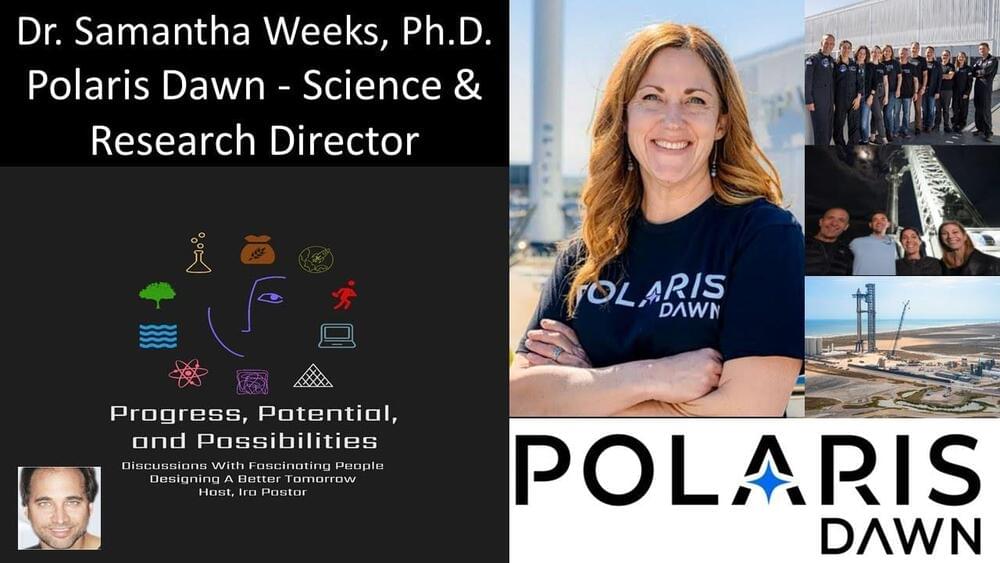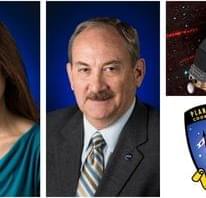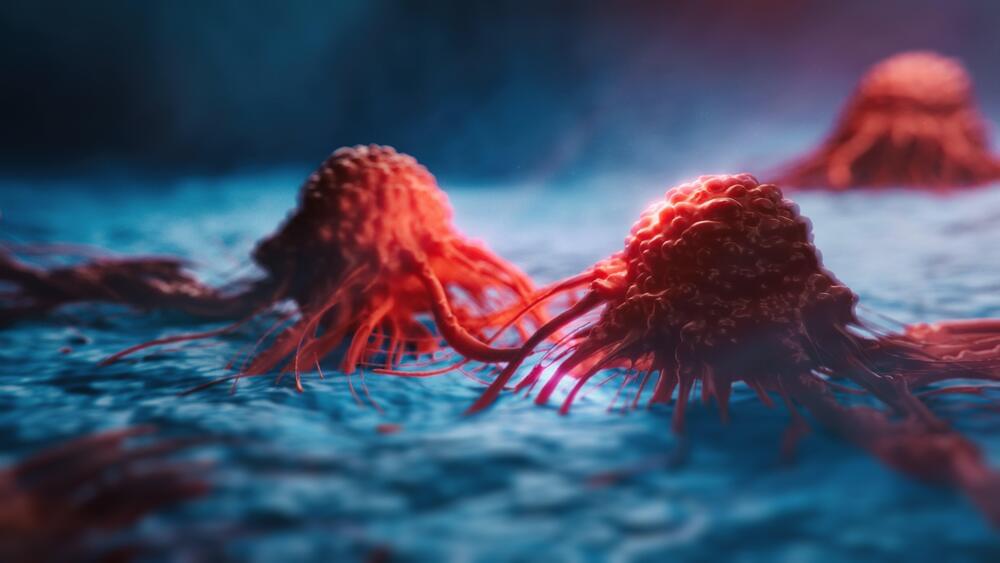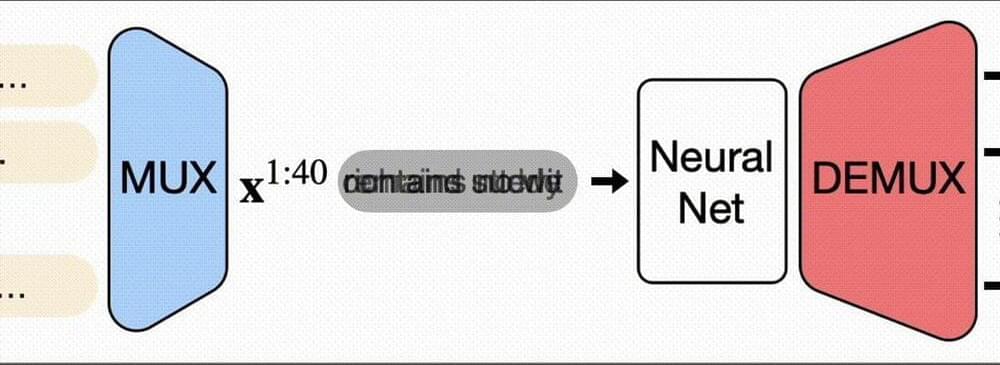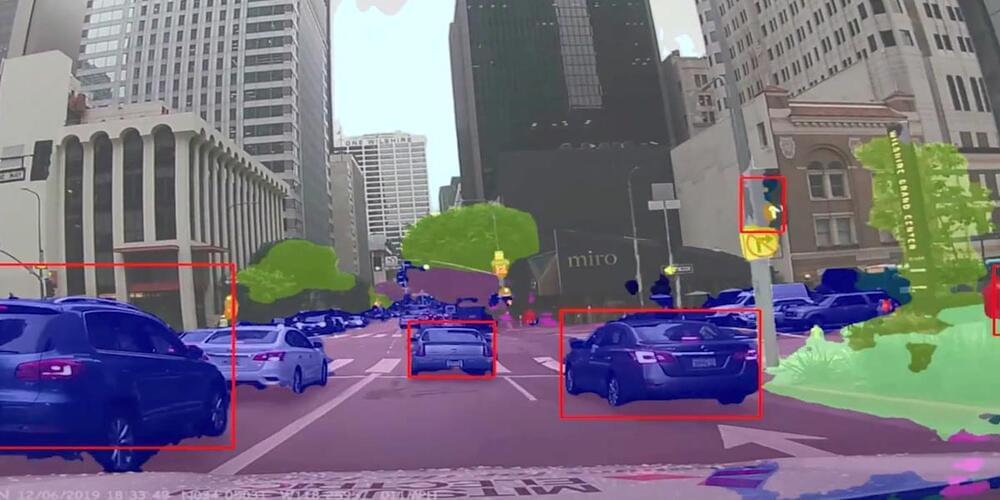Research On Humans Adapting, Living & Working In Space — Colonel (ret) Dr. Samantha Weeks, Ph.D., Polaris Dawn, Science & Research Director
Colonel (ret) Dr. Samantha “Combo” Weeks, Ph.D. is the Science & Research Director, of the Polaris Dawn Program (https://polarisprogram.com/dawn/), a planned private human spaceflight mission, operated by SpaceX on behalf of Shift4 Payments CEO Jared Isaacman, planned to launch using the Crew Dragon capsule.
Polaris Dawn is the first of three planned missions in the Polaris Program (https://polarisprogram.com/), which endeavors to rapidly advance human spaceflight capabilities by demonstrating new technologies and conducting extensive scientific research to expand our knowledge of humans adapting, living and working in space. Much of this research also has purpose and applicability to improve life here on Earth.
Colonel Dr. Weeks, is a retired United States Air Force Colonel, with over 2,200 hours flying the F-15C, F-16, and T-38, including 105 combat hours. She commanded at the squadron, group, and wing level in the Air Force, and today also serves a corporate Vice President at the Shift4 Payments company, focusing on transformation and change management. Her position as Science & Research Director with Polaris comes after two and a half decades of focus on human performance in aviation.
Colonel Dr. Weeks has a BS in Biology from the United States Air Force Academy, a Masters in Human Relations from University of Oklahoma, and a Ph.D. in Military Strategy / Leadership from the United States Air Force, Air University.
